The Global Programme on Countering Terrorist Threats against Vulnerable Targets held its third International Expert Group Meeting (EGM), on 6-7 October 2021. While the first EGM focused on the protection of religious sites and the second one addressed threats against urban centers and touristic venues, this third one focused on the role of Unmanned Aircraft Systems (UAS) in the context of vulnerable targets protection.
Günter Povoden, MSc, UNOCT Senior Consultant.
I will talk about CBRN attacks on vulnerable targets. This is a low probability but a high risk issue because they don’t happen often but if they happen they have a huge impact. So I’ll talk about the general objectives and the impacts of CBRN attacks against vulnerable targets with CBRN payload specifically and talk about some capability and technology levels. What may be expected from terrorists today? What kind of level they may have? and how to enhance unmanned aircraft systems with CBRN payloads some technical issues and finally we will talk about combating unmanned aerial systems like this because it’s a bit of a difficulty because bringing down a unmanned aerial or unmanned aircraft with a chemical payload or biological payload may lead to a release of these agents and so this needs to be taken into consideration as well.
So the objectives generally speaking of a CBRN attack is that it’s a very high threat which means the proportionality of what we can do against such an attack is accordingly high because the intention is to kill or injure people or to create a mass panic because also less toxic substances can be used.
Imagine such a drone flying above a soccer or football stadium obviously spraying a substance which may create such a mass panic that more people will be injured or die because of this panic than instead of the non-toxic agent in this case.
In addition a variety of CBRN materials are suitable for this, such as at before less lethal agents such as irritants but also highly toxic substances like, industrial materials, like chlorine hydrogen fluoride and other substances which may have a huge impact, and of course a top of the line are the chemical orbital biological warfare agents, but also radiologicals can be disseminated.
Here are just some photos from an Iranian publication of mustard gas victims. On the left hand side you also see victims in Iraq from nerve agent intoxication on the bottom, this is from Amnesty international, a photo they published, because there was an alleged use of chemical agents in Sudan some years ago.
Just to see that vulnerable targets are really vulnerable, it’s not that the military can protect themselves, they have their protective equipment, their gear but the problem is the critical infrastructure and of course the human beings, and of course the environment.
So now we’ll distinguish the objectives of a CBRN attack against critical infrastructure because this is a different approach, because for a different critical infrastructure you need more material more CBRN material to be really permanent damage. Because the idea is to have a long-lasting contamination of critical infrastructure, and a long lasting damage finally.
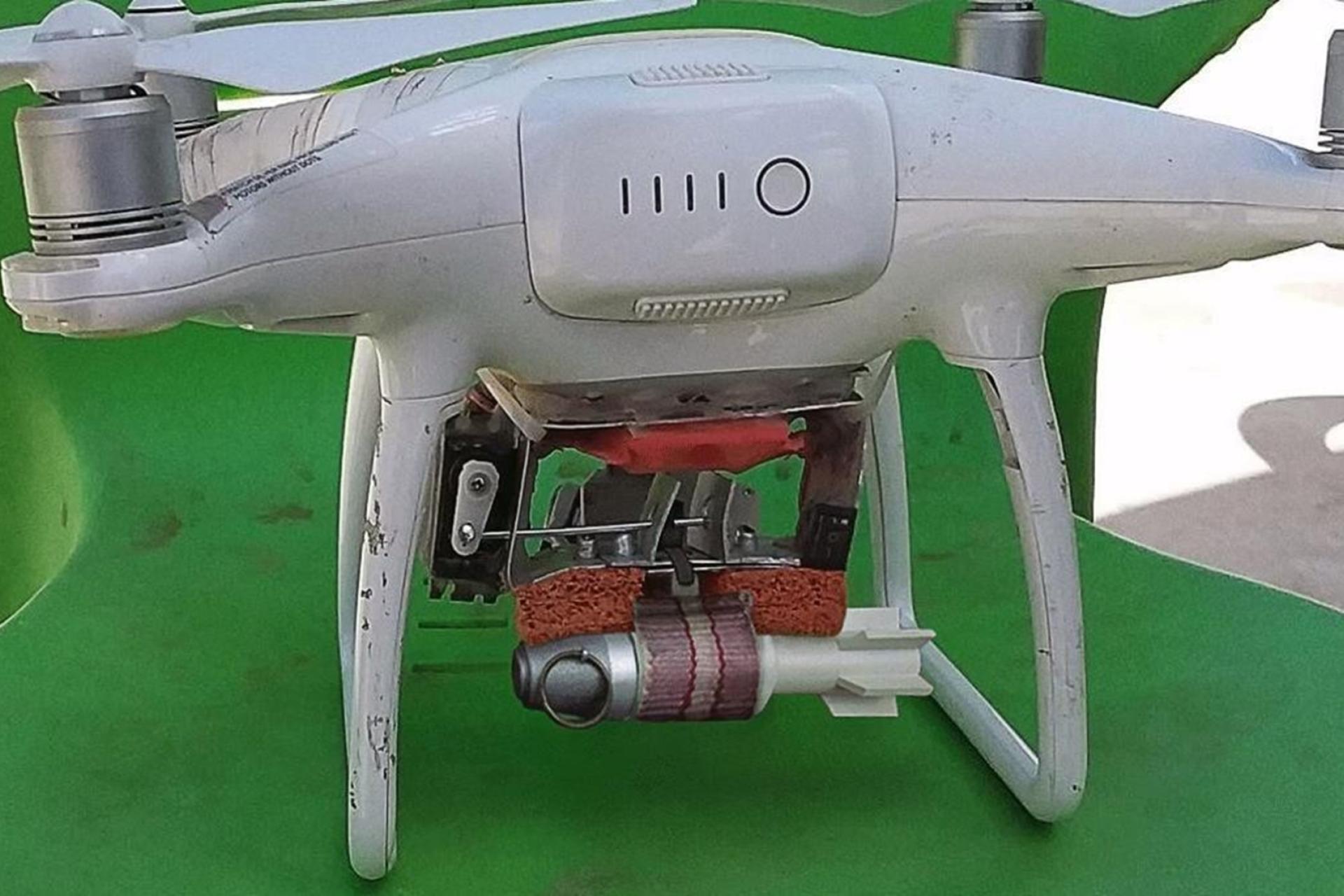

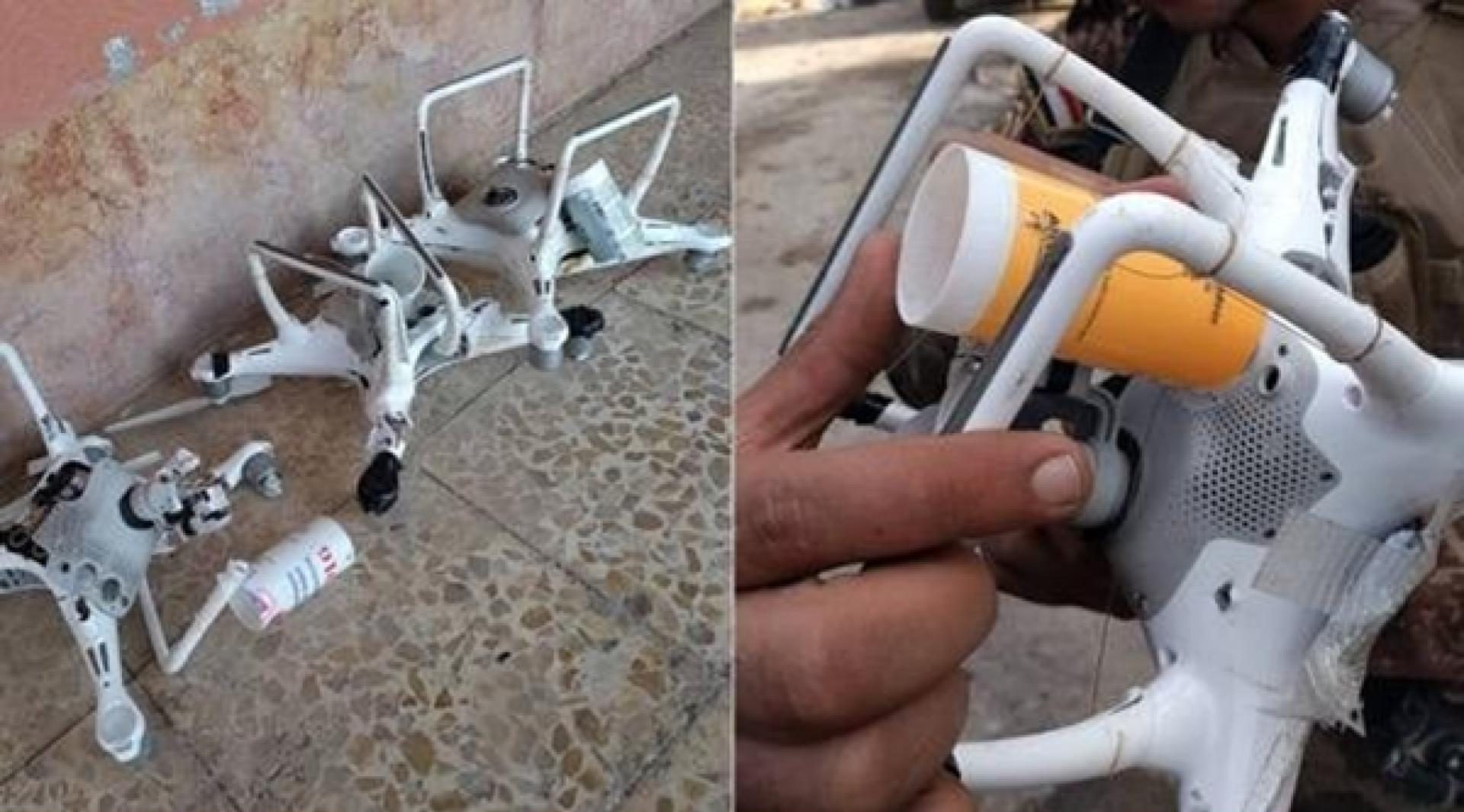
So typical agents for such a purpose are radiological devices, highly persistent agents up to nerve agents, like vx or even Novichok.
What can also be done is that water resources can be targeted and then also less lethal substance can be used, of course there will be a dilution effect, but we heard already today there’s also a psychological impact, and people knowing that their water resource has been contaminated which will have a huge psychological impact and nobody will drink this water anymore, even if just gasoline has been sprayed above a water resource, or something less toxic.
Another aspect is a combination with explosives and CBRN agents. We know that unmanned aircraft systems have been already deployed with explosives, and if you combine this with CBRN agents you have all these debris problems, collapsed buildings, and in addition you have contamination.
So all the first responders who are on site are in a highly dangerous area, it is very difficult to solve this problem, to rebuild arrest a structure if there’s still contamination on the ground, and this requires specific capabilities regarding urban search and rescue under CBRN conditions to make a cleanup, to build it up, and to secure the scene, and to return the scene to normal. Because that’s the major objective to return the scene to normal.
So the terrorist current capabilities are well known that they I have already used unmanned aircraft systems with explosive devices, not only for as explosive devices but also for reconnaissance and for surveillance. So the terrorists in in advance before they start the attack they also will do surveillance and to look around who is there where, is my target, is there sense something that can be obstacle to my attack, and this means that also these surveillance drones need to be detected early to prevent further action of terrorists.
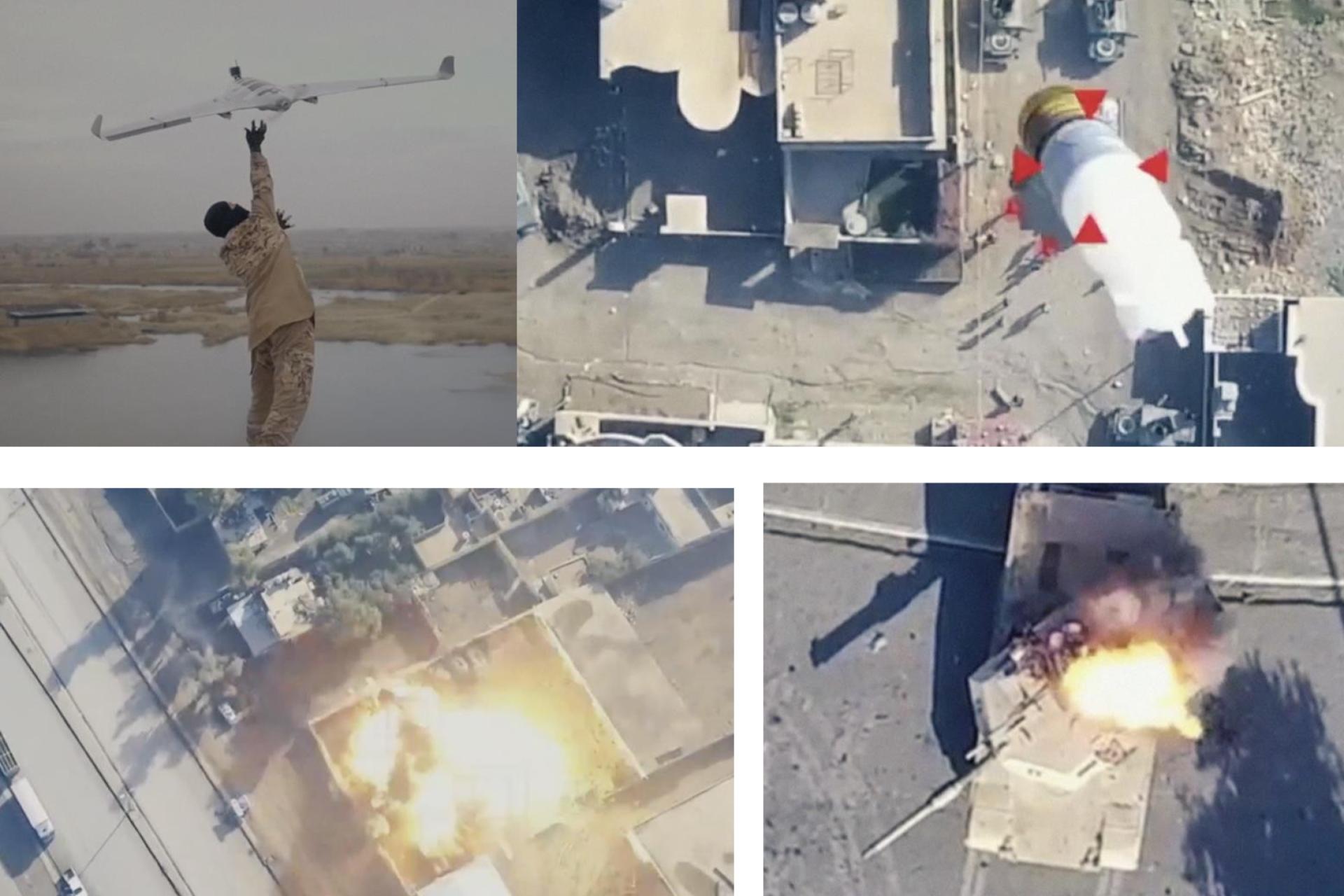
In addition, the current capabilities of drones with explosives can of course be enhanced by chemical biological or radiological materials, and I give you some examples how this can be done.
What is the current situation is that these terrorists they know how to use drones they also can can manipulate drone software, because some of the drone software prevents a drone being started near an airport, but if you for example have a commercially available drone you won’t be able to launch this drone near an airport. Because this is a something that have is programmed, but apparently terrorists are able to crack and hack such a software, so they can and operate the drone when wherever they want.
The impact can be like say against, less vulnerable targets like tanks but also of course the population soft targets, vulnerable targets in general.
We have different levels of technology for CBRN attacks, if it’s a low level technology terrorists will just use what they can get, and what they can easily get are commercially available substances like chlorine, also it’s fairly easy to steal.
The low level radioactive sources, and also hoaxes can be used which means it seems to be a chemical agent but in fact it’s just an irritant because also irritants are widely available. Also they can use it like everybody can buy small scale micro UAVs and simple equipment to deliver it.
The medium level technology would also include already homemade chemical warfare agents because some of them are quite easy to produce, like sulfur mustard, we know that from the Islamic state is able to produce sulfur mustard on its own. Also toxins are somehow easy to produce.
You can expect from a medium level technology to have already sophisticated IEDs, crude biologicals and some military assets, like ammunition which has been found or something like this.
Regarding drones and unmanned aircrafts they will be small to medium size which leads us to the high level technology where you can actually expect everything.
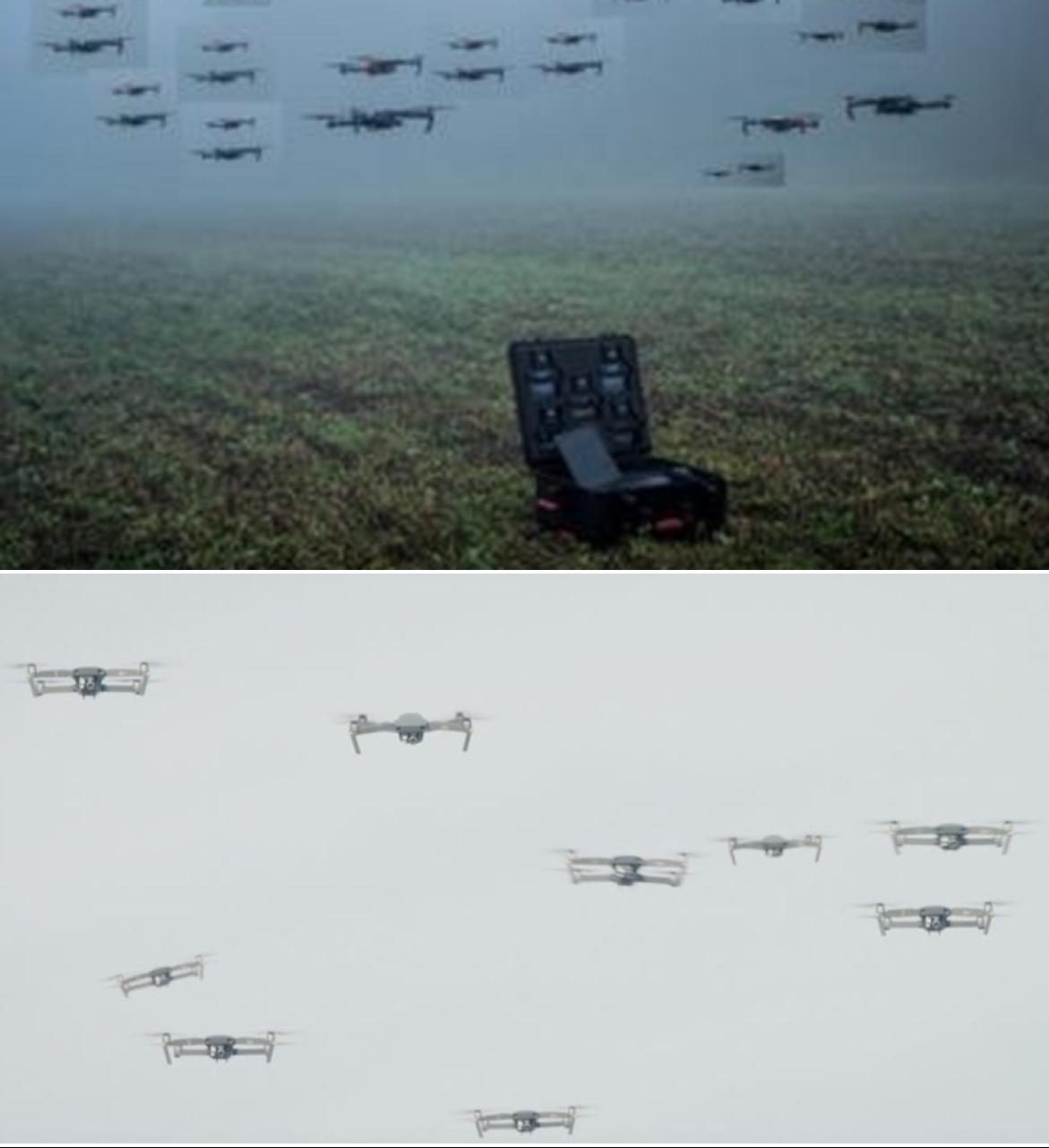
With a high level technology you can think about biological weapons: the whole range of chemical weapons drones, drones swarms of all sizes which means that this kind of technology would need a good sponsor, like state sponsored or very rich organizations in the background which can finance such a high technology level.
You can mount on these aircraft bombs, bomb blades dispensers, missiles, rockets, bulk containers cylinders and so on and Spraying devices, and this also you can do it in a very sophisticated way, or in a very simple way, this is a simulation we did in Austria where we mounted some spraying devices on commercially available drones, and you see what can be done from from our side of course can be done from terrorist side, because this was part of a project where we tried to bring down these drones and finally, I will just show you some photos about what happens when this drone is on the ground because still the CBRN hazard is present on the ground.

Then for more impact you need spray tanks which can hold up in some cases holding up to hundreds of liters, in the military environment, but if you are thinking about terrorists capabilities, you will see that they still have the capacity to have about 10 to 20 liters.
You also find patents in the internet, so people can look into technology what is available, and they just rebuild these patents, in this case I have found a a let’s say actually planned for a helicopter but of course you can equip any kind of bigger drone with such a technology, in this case it’s a mixing of of liquids intended for riot control, because with this you mix a dye, a color with a liquid, and then you you mark the leader of the gang the leader of the pack or of the demonstration, and that cannot of course be misused in the way that you mix binary agents together, and get a chemical agent in the end, so this is available and that’s why the knowledge is out there this has to be known needs to be just have people who have some technological scientific background to implement it.
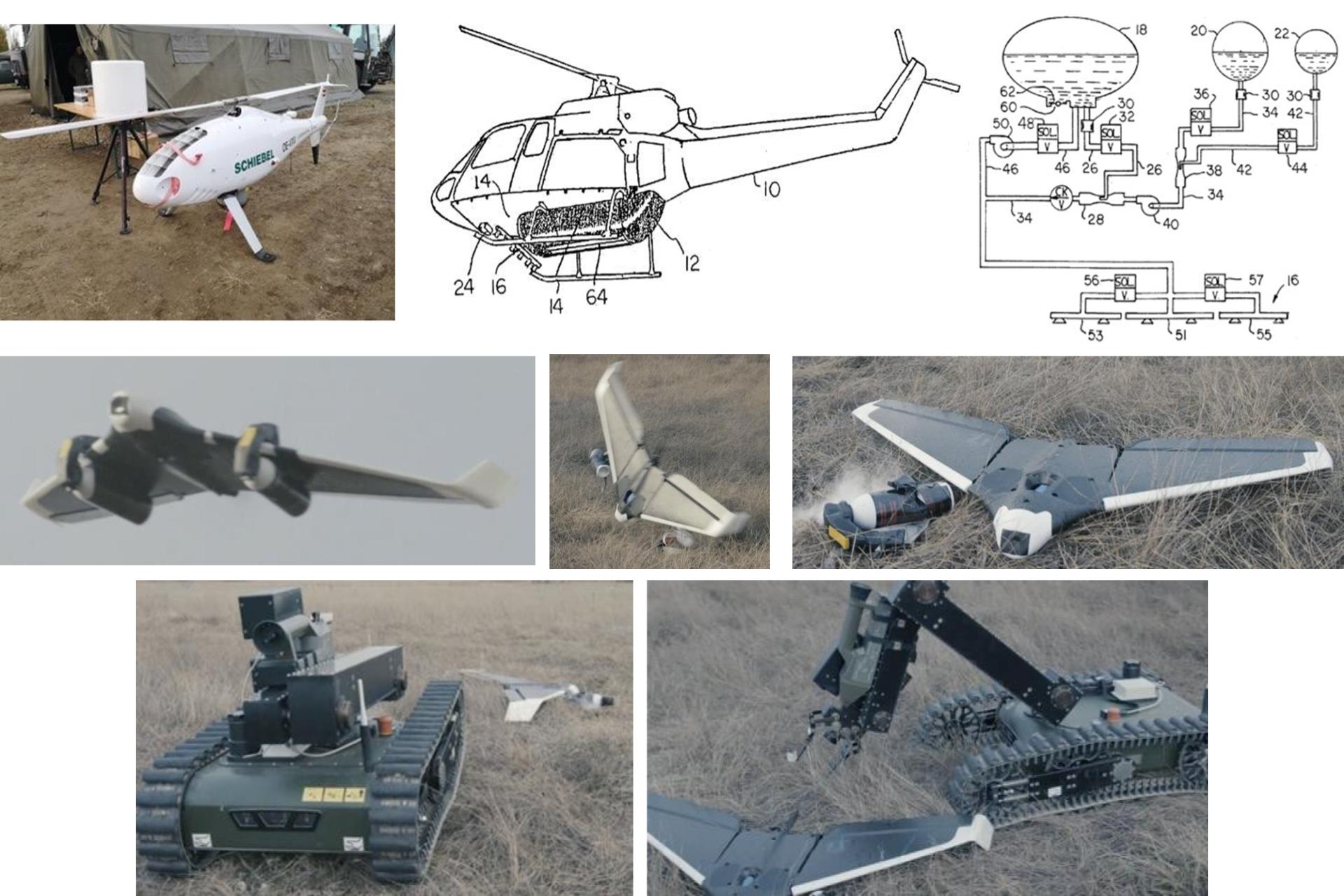
This brings me to the misuse of agricultural drones because these are available already in Europe there are some restrictions because they are only allowed if you have a special permit existing for example in Germany where you have steep hills and that you have not accessed so easily with tractors and trailers, so they are allowed to bring out these pesticides with drones, but still you can buy, them they are commercially available and the range is about 10 to 25 kilos. This means that is a lot if you have a small area to cover so it’s enough to for example contaminate critical infrastructure, it’s enough to create huge panic in a crowded place of people, and has of course huge impact if this is a toxic substance.
Another aspect are drone swarms because even easier it is to get access to smaller drones not these 25 kilo drones, but smaller ones and even if it’s a half a liter, or a liter which you carry with your drone, if you have 20 of them 50 them this is really you may consider this as a weapon of mass destruction, even if it’s a small sized drone with the swarm technology with which you can also program that they work together that they cover a certain area, this should be in my opinion also be thought about subject to the international arms control, including the software to to control such swarms, because that is a very critical aspect, even on also the same when they carry explosive charges, not only for chemicals or biologicals.
Combating drones it’s a difficult as a difficult issue it’s well companies promote that they have done a lot in this case but it’s very difficult and we simulated such a drone taking over of a control that the control of a drone in an open training field with irritant as a stimulant, you bring the drone down but the question is, where do you bring it down, so if you have a a protective a plan an emergency response plan in place you should also consider where will I bring the drone down, if it’s carrying an explosive device which means also you should detect fairly quickly, is this the drone itself just a drone, or does it carry something like an explosive payload, or a potential CBRN payload that means that you should have in mind where to bring this drone down and should have a prepared space to bring it down in a safe way.
And finally you need to also dispose of it because if the id’d improvised explosive device is still working you need the EOD operated explosive ordnance disposal operator to finally neutralize it.
Regarding prevention response, just an outlook what we need for that has been also mentioned already in former speeches, the international cooperation for developing proliferation control, because we have some gaps in this, but also we need the compliance of the industry, so the producers of such drones like especially agricultural drones, should follow the approach of know your customer which means they should have a direct contact, they should have a background check maybe this is something we we expect from the industry to be cooperative.
The next step is that detection technologies have to be improved, and it’s not yet at the stage we would require, would be required, so we should include explosive ordnance disposal procedures that they know also how to dispose IEDs this improvised explosive device like this, appropriate techniques tactics and procedures also for to take control over such drones. Finally it can happen that we need military support to defend unmanned aircraft systems, especially the larger ones but that would require also thinking about national legislation, international law, you know human rights law, that it’s proportional it’s important that it’s proportional to the threat.
Finally we have also a bright side of you unmanned aerial vehicles also unmanned ground vehicles because with that unmanned aerial vehicles which is the topic later on especially tomorrow and that we can really support the units on the ground, we can protect critical infrastructure with surveillance and monitoring and detection, that’s just the positive outlook after this more or less a bit well as a pessimistic view which I have presented but still thinking about think about it it’s a low probability but high impact incident.







